When not studying and exploring Uppsala, I spend my exchange year travelling. Between the time I arrived in Uppsala and when I leave, I will have visited a total of 18 countries. I’ll share some of my experiences and tips with you.
Here are some pictures I have taken on my travels!
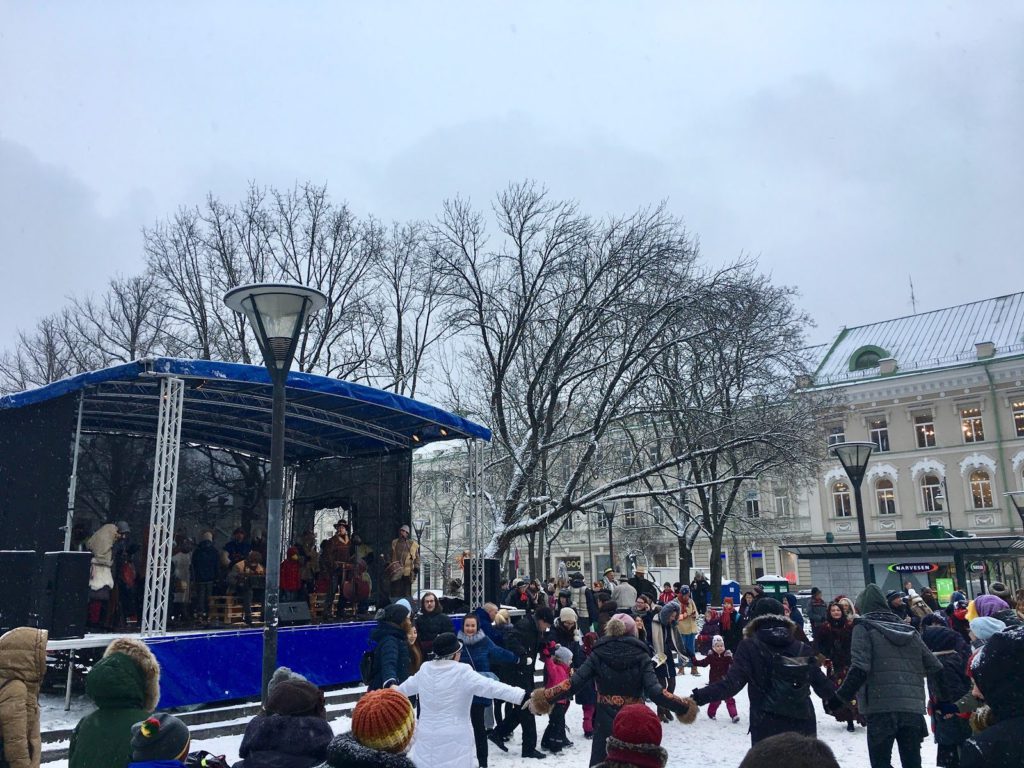
Shrovetide Festival – Vilnius, Lithuania

Danube River – Budapest, Hungary
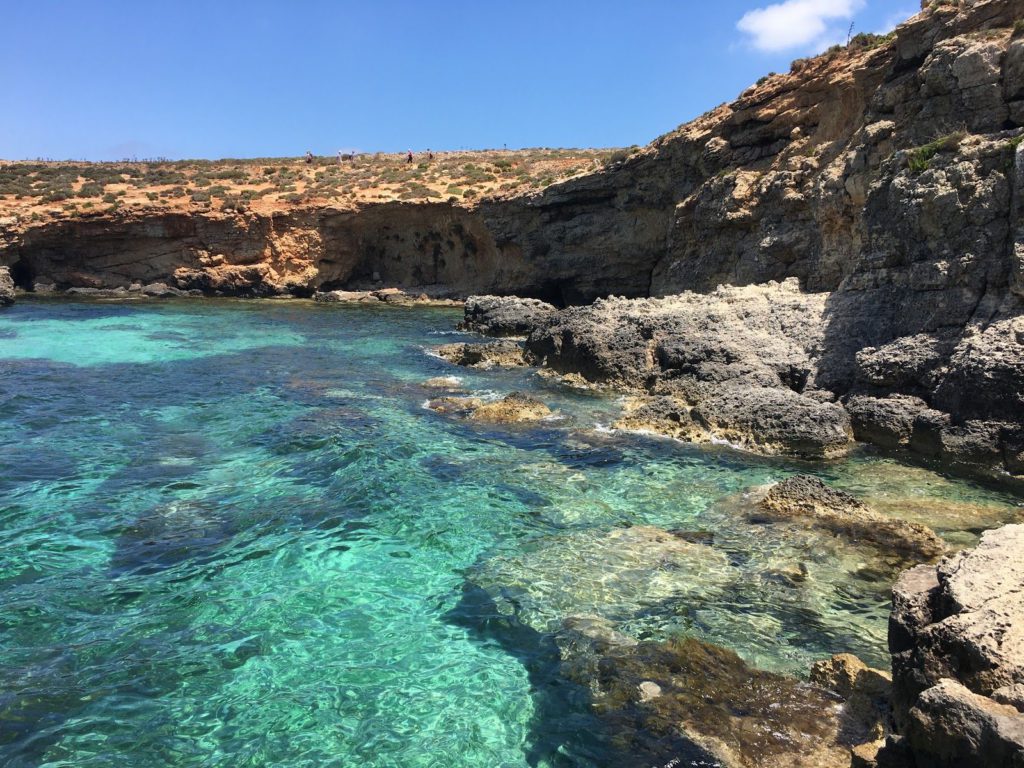
Blue Lagoon – Comino, Malta
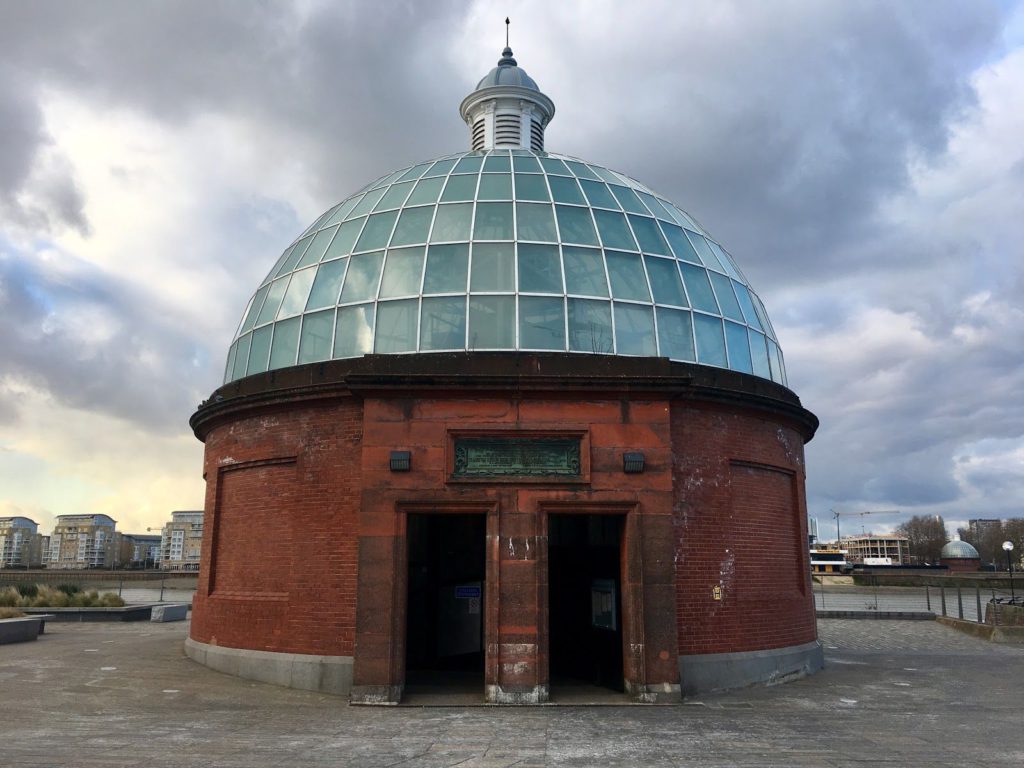
Greenwich Foot Tunnel – London, England

Paris, France – The Louvre
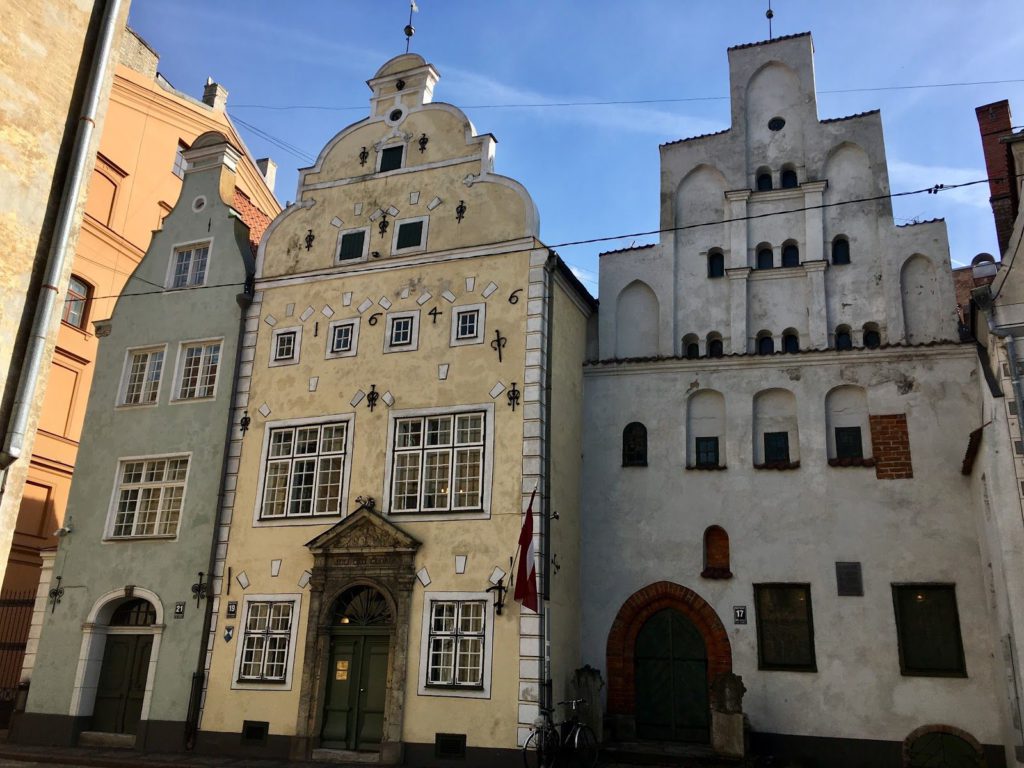
The Three Brothers – Riga, Latvia
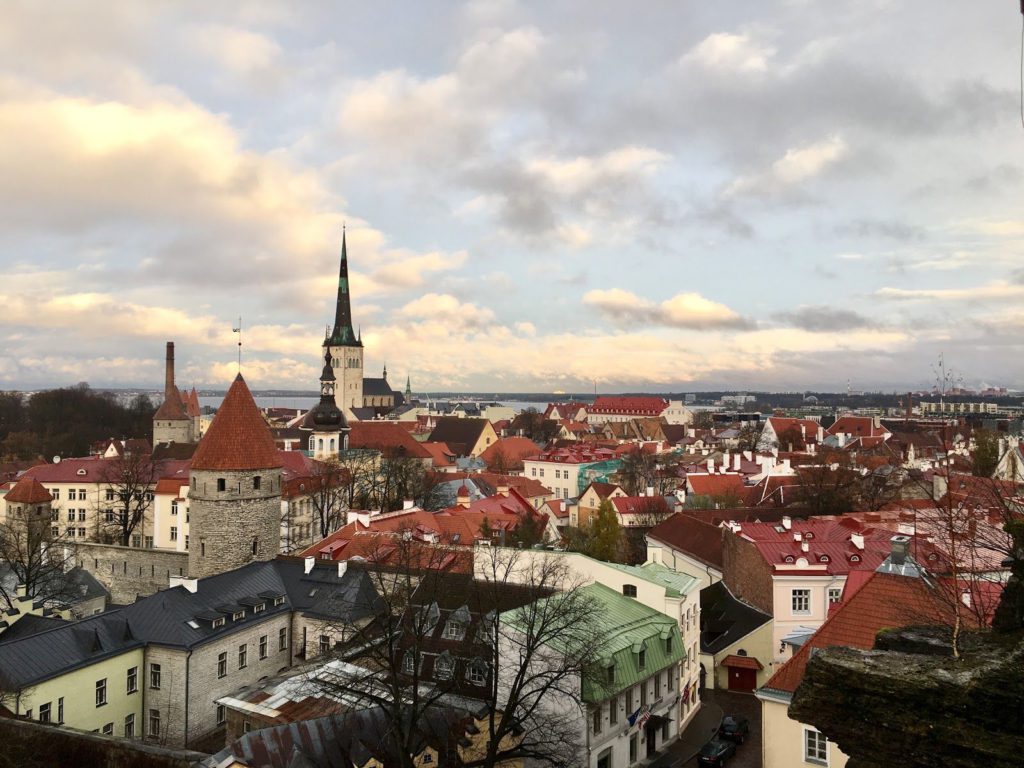
Tallinn, Estonia
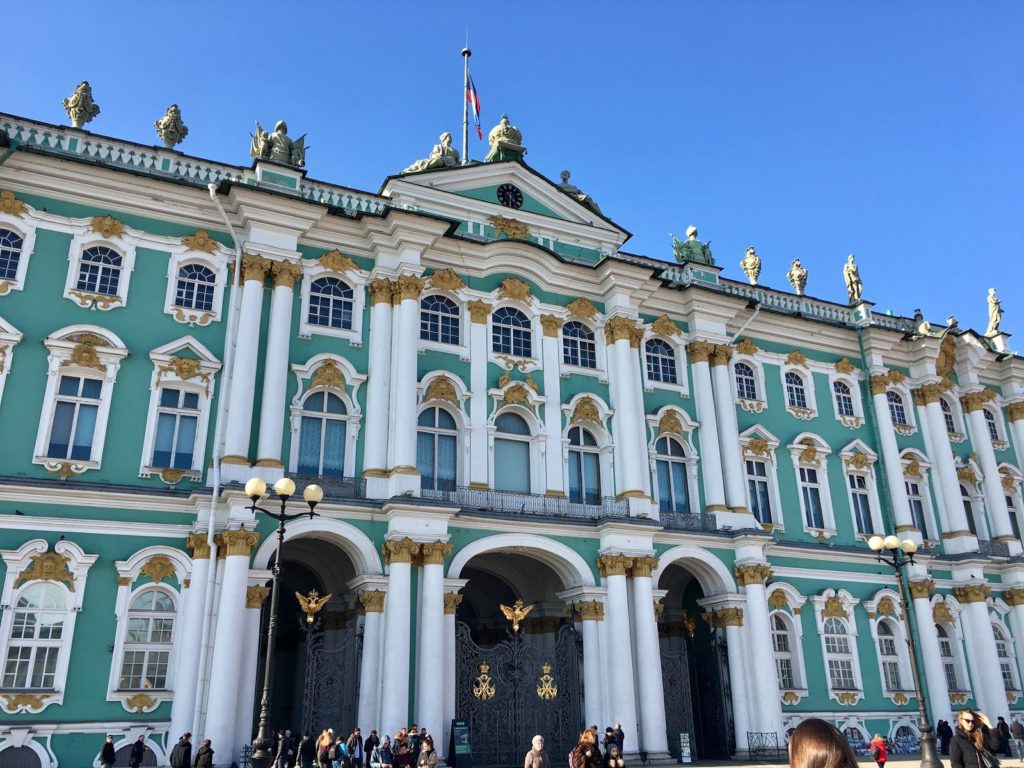
Summer Palace – St. Petersburg, Russia

East Side Gallery – Berlin, Germany
Modes of Transportation
– Plane
The obvious choice for travel, especially if you are travelling farther away. There are three airports in Stockholm: Arlanda, Skavsta, and Bromma. You can fly with Norwegian Air and EasyJet from Arlanda, and Ryanair and Wizz Air from Skavsta (I’ve never been to Bromma).
Getting to Arlanda from Uppsala is not complicated. You can take a bus or a train from Uppsala Central Station. Even though it is a bit longer of a trip, I always take the bus (it is cheaper). The bus (number 801) takes about 40 minutes, and costs 90SEK. The train takes about 20 minutes, and costs 210SEK (because of the station access fee to Arlanda). Both the train and bus leave Uppsala Central Station frequently during normal hours. You can buy your tickets in advance online or from a ticket machine at central station upon arrival.
Getting to Skavsta from Uppsala is a bit more complicated. My typical route is this: a train from Uppsala Central Station to Stockholm Central Station, and then a bus to Skavsta airport. This travel takes a total of about 3 hours. You can take the train for about 70 – 120SEK from Uppsala to Stockholm in about 30 – 50 minutes. The prices and times vary – I usually use the SJ InnerCity train or SJ Regional train. Once you arrive at Stockholm Central, the best way I found to get to Skavsta airport is by bus, particularly Flygbussarna. The price is 139SEK, and the trip takes 80 minutes. The bus has wifi, outlets, and air conditioning.
– Boat
From Stockholm, there are several different roundtrip cruise options (to Finland, Estonia, and Latvia). The roundtrip is a good option if you have a free weekend. You leave from a ferry terminal from Stockholm in the evening of Day 1, arrive in your destination in the morning of Day 2, depart from that destination in the evening of Day 2, and arrive back in Stockholm on Day 3. The cheapest ticket for this roundtrip option includes a cabin room – with a bed and bathroom. These typically have beds from 1 – 4 people (so if you go with other people, it is cheaper!!). I think the most I have paid for a roundtrip ferry ticket was 90€ – and that was then divided by 3 people, so 30€. You can buy food, drinks, and snacks onboard, but I usually pack a dinner and breakfast so it is cheaper. Most boats have a fun itinerary of events for the cruise – from bingo to concerts to dancing! These events are free or cheap. Two major ferry companies are Viking Line and Tallink Silja.
– Train
If you are travelling within Sweden, a train can be an interesting way to do so – usually through SJ. Depending on where you go, it will likely require one or two train changes if you depart from Uppsala. If you have the time, I would try taking an overnight train – you get your own bed! An interesting experience.
– Bus
Bus is another cheap and long option for travel. There are bus stops at Uppsala Central Station for FlixBus. I would sign up for the FlixBus email newsletter – I am always getting discounts in the mail for future trips! There are also busses through UL that take you to different cities in Sweden.
– Other
If planning trips are not your thing, there are always other options. There are some organizations that plan trips (from the transportation to the lodging) for you. One such
organization is Scanbalt ( https://www.scanbaltexperience.com/ ). They have a variety of trips, and some even pick you up / drop you off directly from Uppsala Central Station. This is also a good way to meet other people. You can read about my experience with their Lapland trip here. Another organization that organizes trips is Open Your Russia. I took their Visa Free St. Petersburg trip, and had a fantastic time. Travel and lodging were included, and a personal tour guide!
Lodging
Hostels. I would highly recommend hostels, especially if you are on a budget. Nearly every time I travel, I stay in a hostel. This usually entails sharing a room and bathroom with other people. You can request mixed rooms, or same sex rooms. The beds in a room vary – I’ve been in one as few as 6 and as many as 24 (bring earplugs – someone is bound to snore). The price does not usually include bed linens and towels, so unless you want to pay to rent them, remember to bring your own. Hostels are great environments for travellers. They usually have a common room, and a pub or bar of some sort. I have met so many cool people and made friends with people from hostels I’ve stayed in. Most hostels also have a kitchen, so you can save on eating out and just buy some pasta and veggies from a local supermarket. Hostelworld is a good database of hostels that I typically use.
Apps to Download
If you have a smartphone, and limited to no data, you might want to download a few apps before your travel.
● Google Maps – This is my number one app – highly recommend. I always make sure to download an offline map of the city I am visiting beforehand. You can also mark
different places (I always mark my hostel, the airport, and places I want to visit). You sync this with your Google account, so you can mark places on your computer, and
they will transfer to your phone!
● Google Translate – I always download an offline translation of the main language of countries I am visiting. This especially came in hand when I was visiting St. Petersburg, Russia. I went to a post office to buy stamps, but no one spoke English. I was able to communicate and buy my stamps with the help of this app.
Other tips
Sometimes, I have large gaps in my schedule, and I want to spend that time travelling. One way I figure out where to travel to is by using Google flights. I enter the date I want to depart and return, and then I can search for which places have the cheapest flights.
If you plan on travelling a lot, I would invest in an external battery charger for your phone! I have been in hostels that only have one or two outlets per room, which can be difficult when sharing a room with several other people. It also comes in hand if you will be out exploring all day, as your phone is bound to lose charge.
Wrapping Up
To conclude, if you have the chance to travel during your time as an international student in Uppsala, do it! Plan ahead and budget accordingly, and you can make it affordable. From travelling within Sweden to visiting other countries, you have so many opportunities. Make the most of your time!
Do you have any other tips for travelling as an international student? Maybe an app you can’t go without, or an object you can’t travel without? Share in the comments!
/Audra


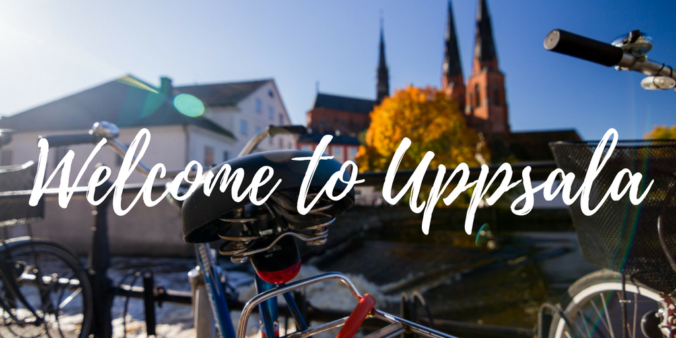












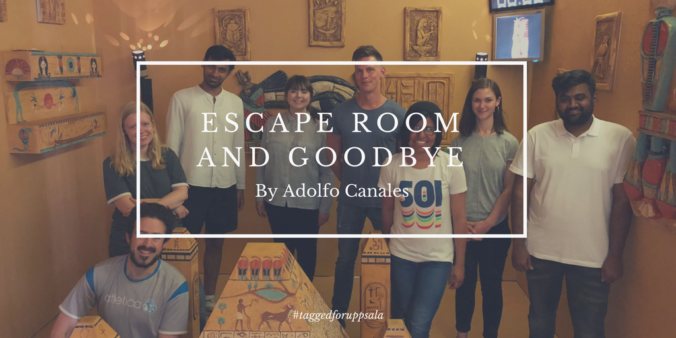

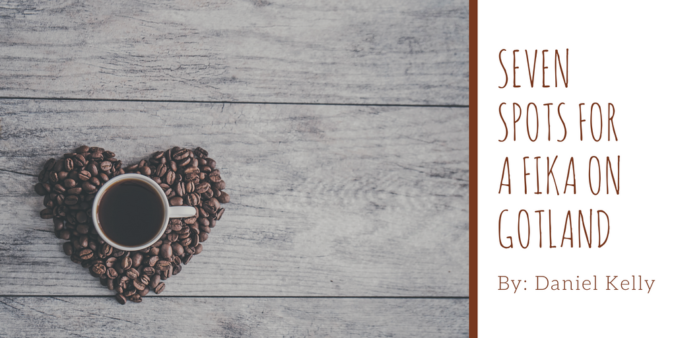
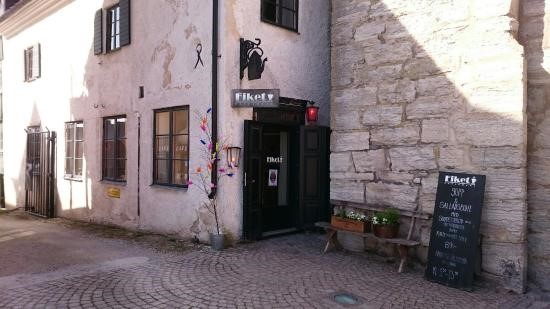
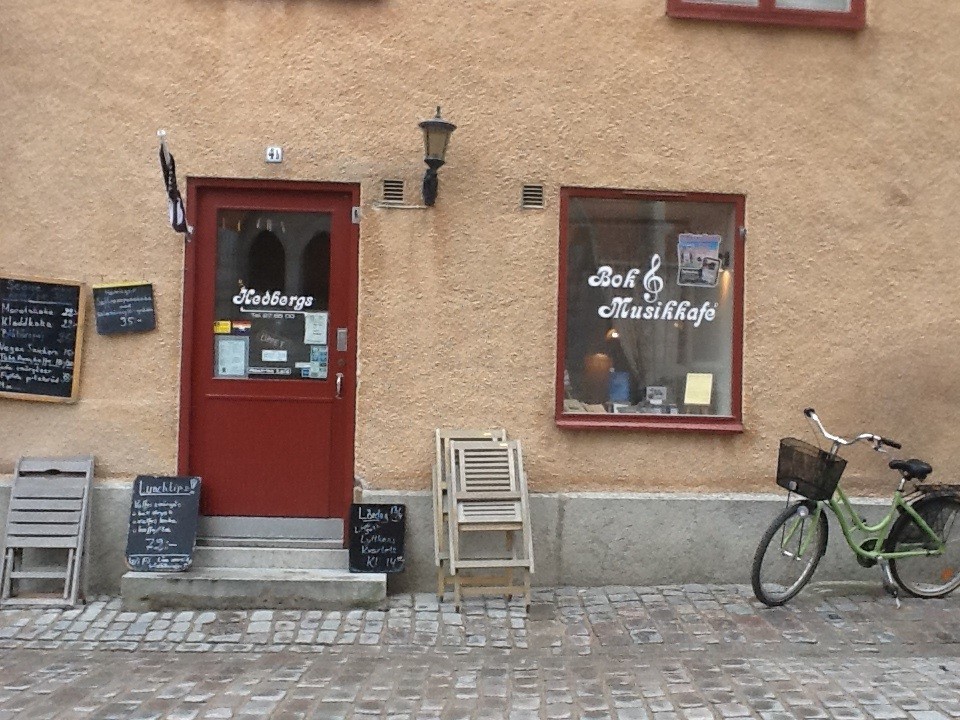
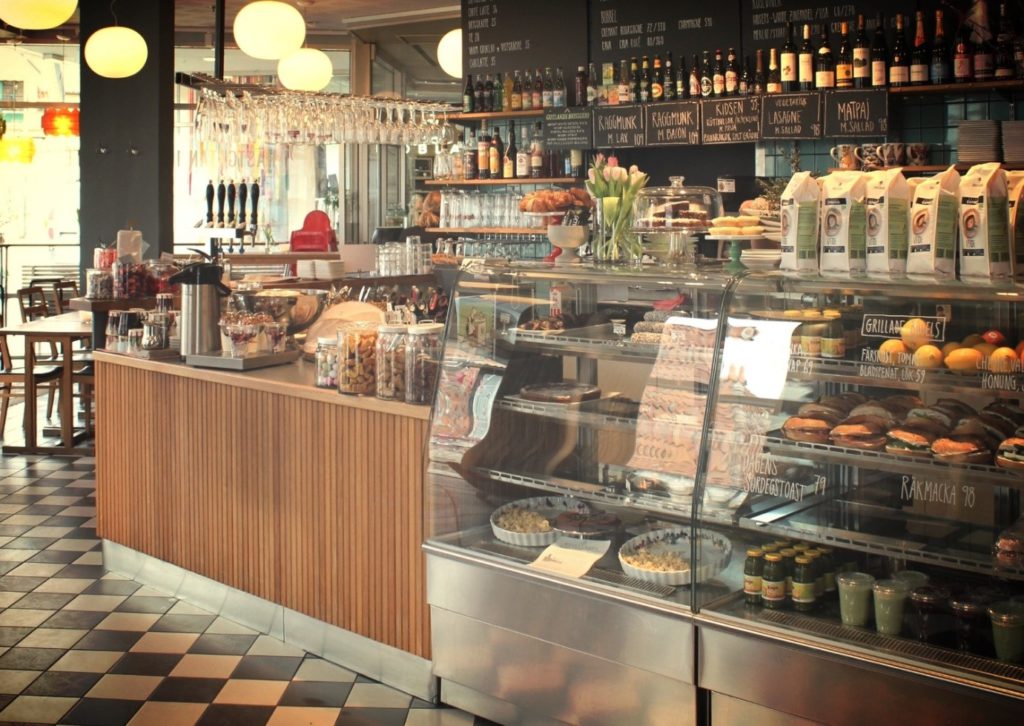
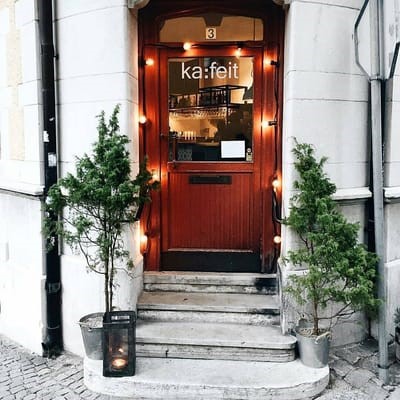
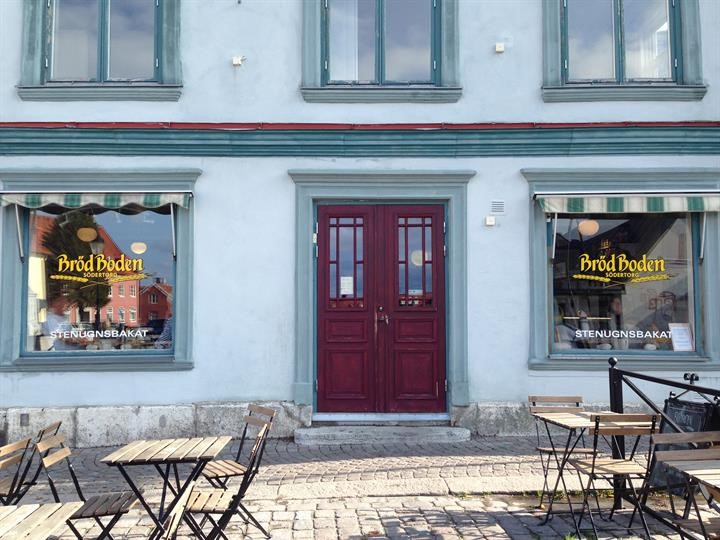
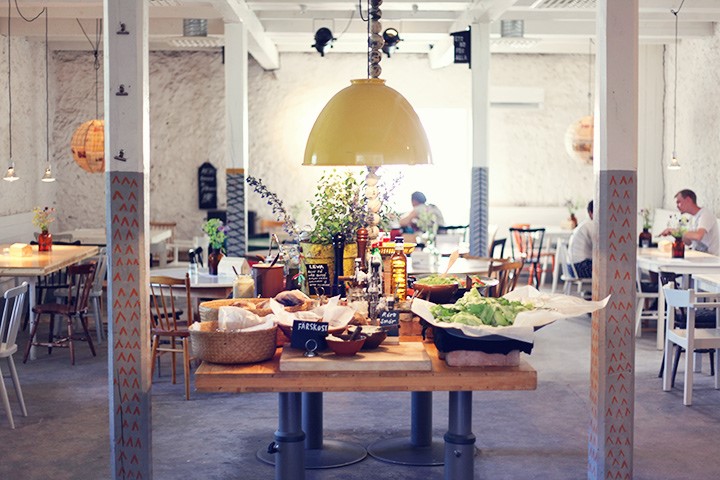
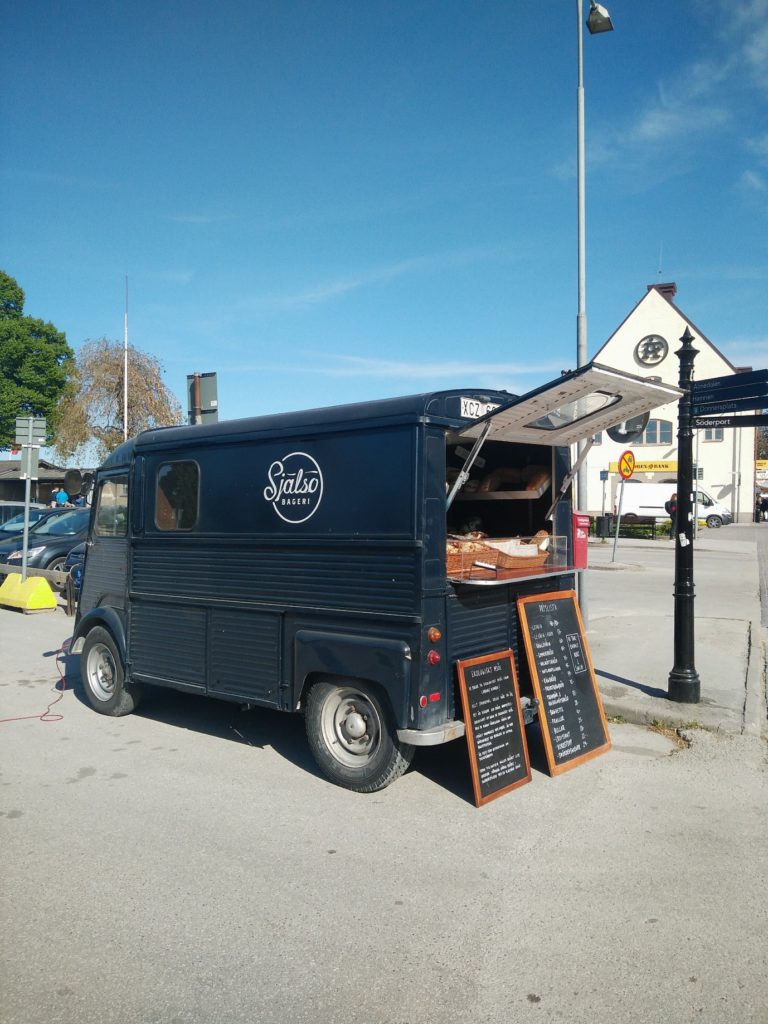
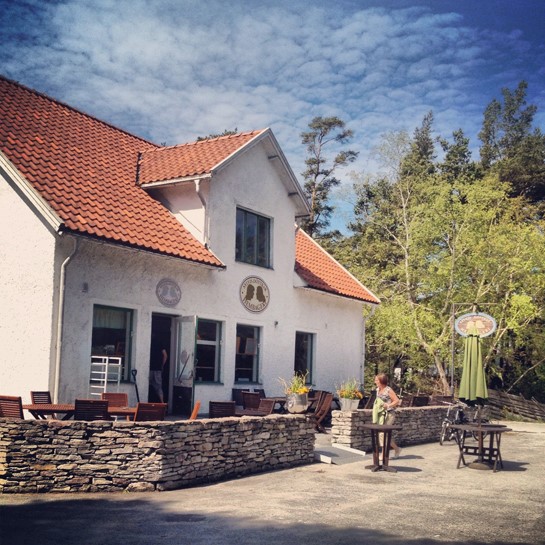
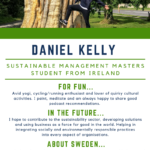
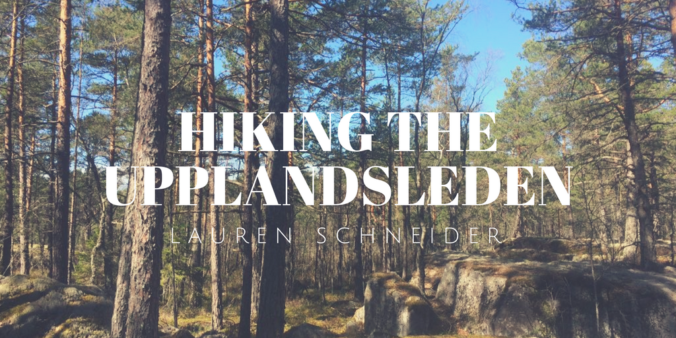

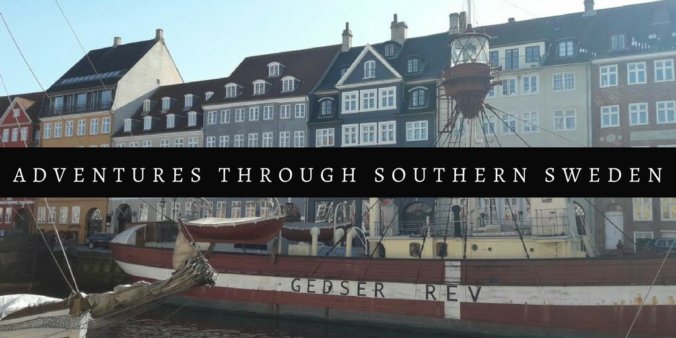
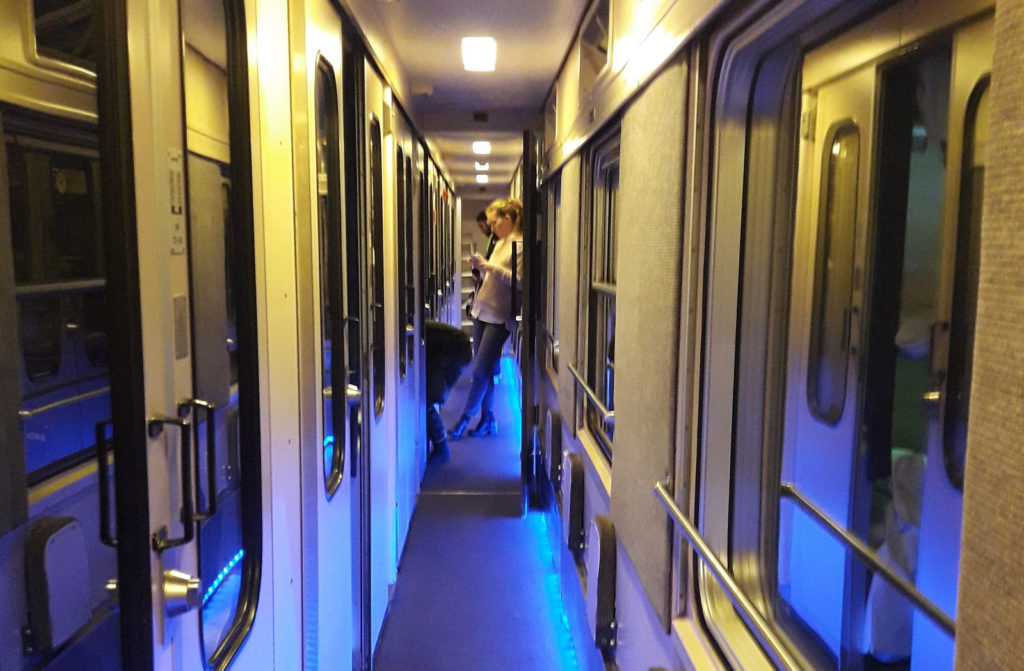
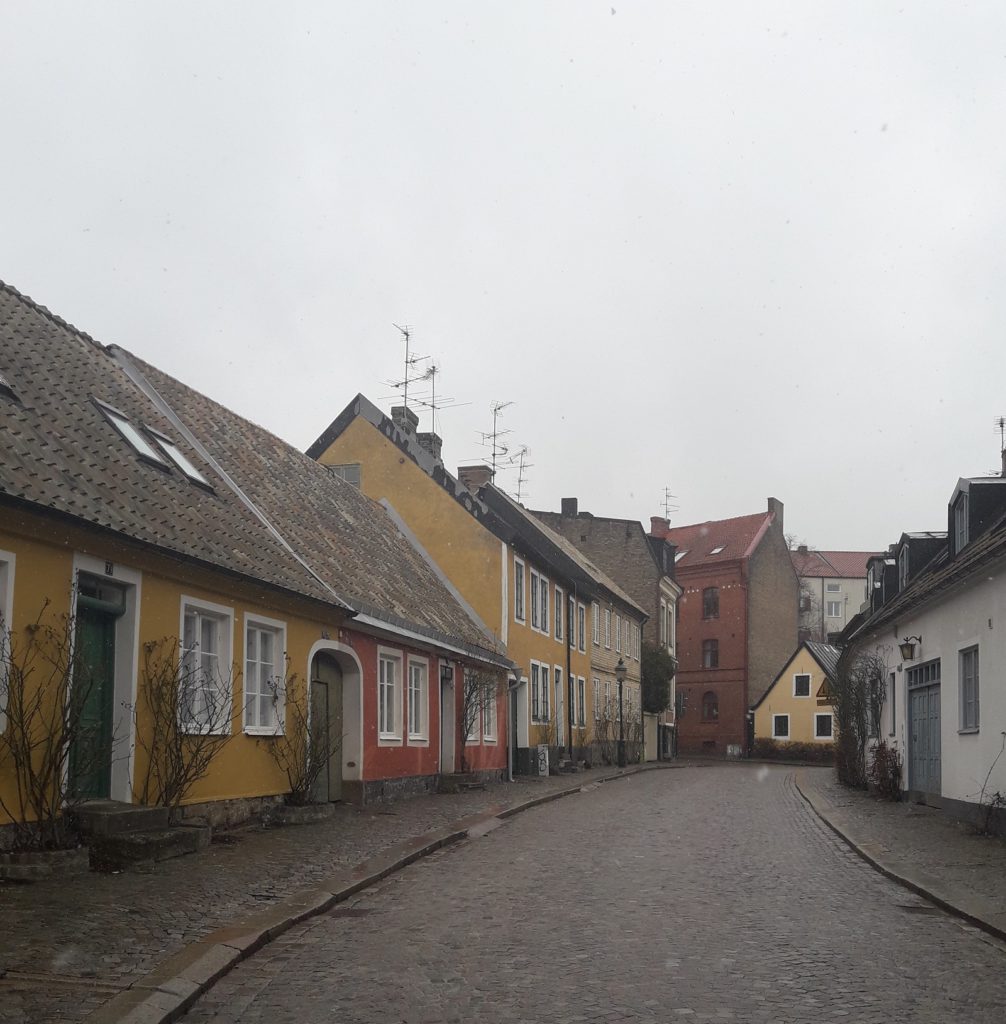




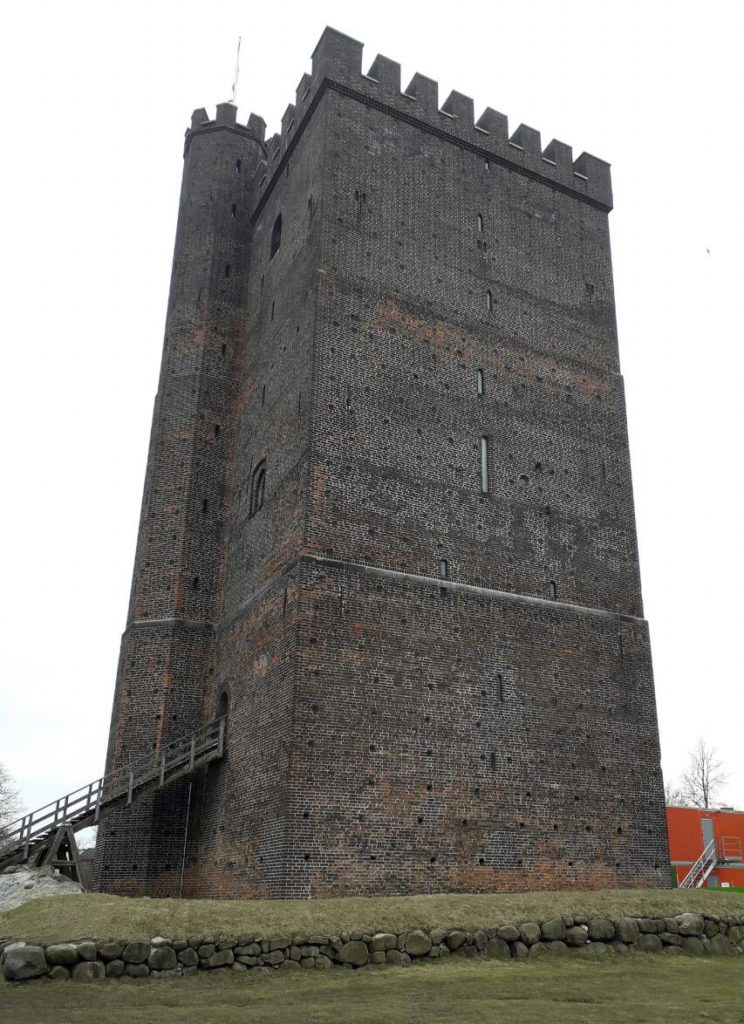

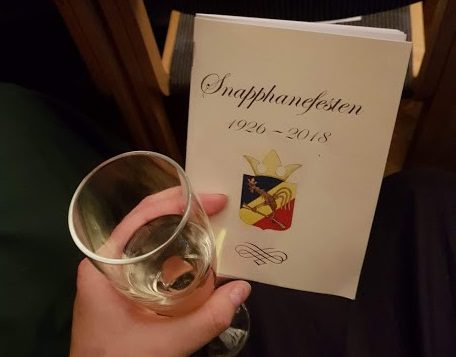
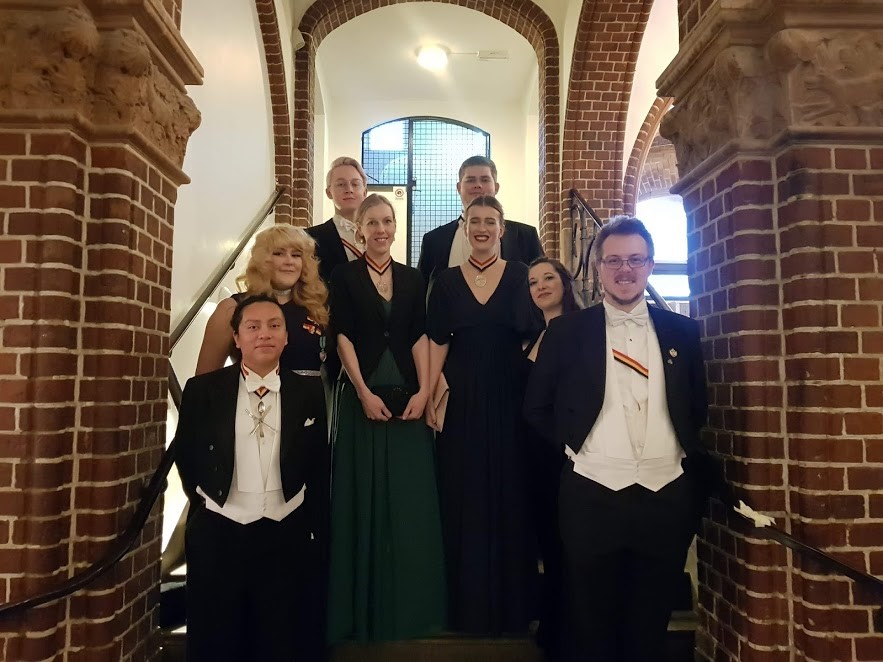

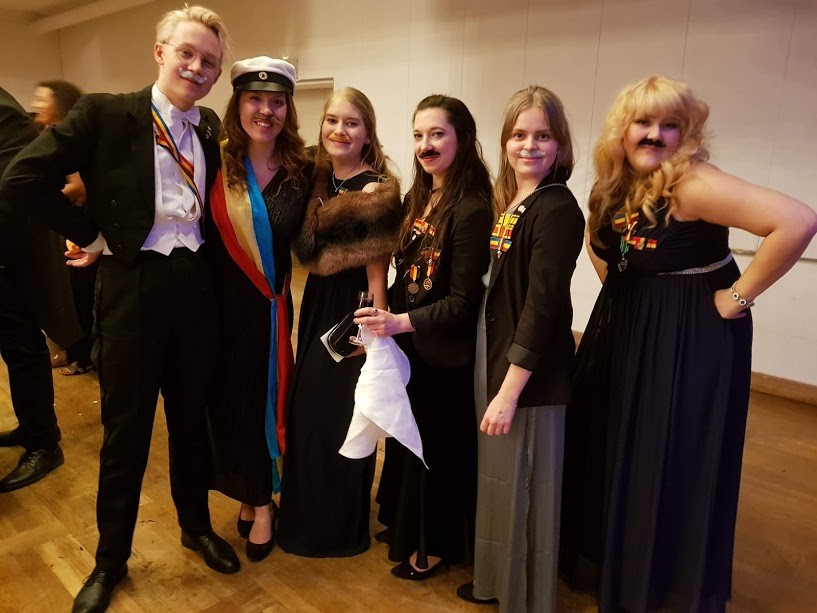

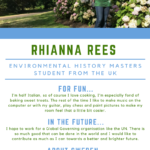

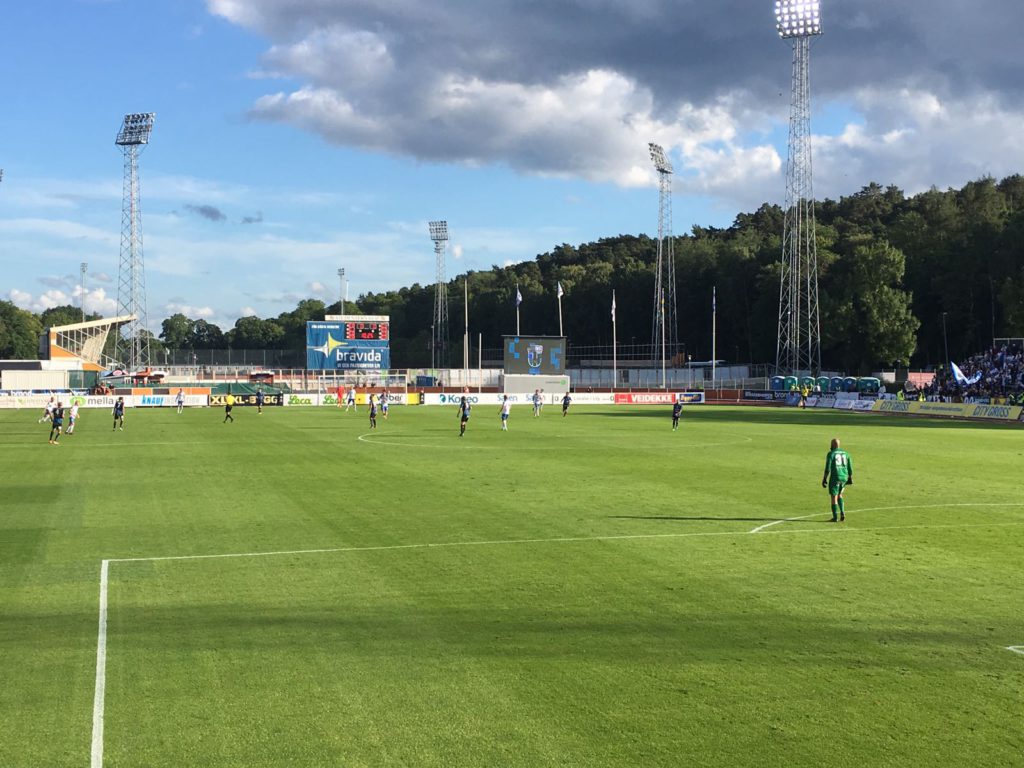
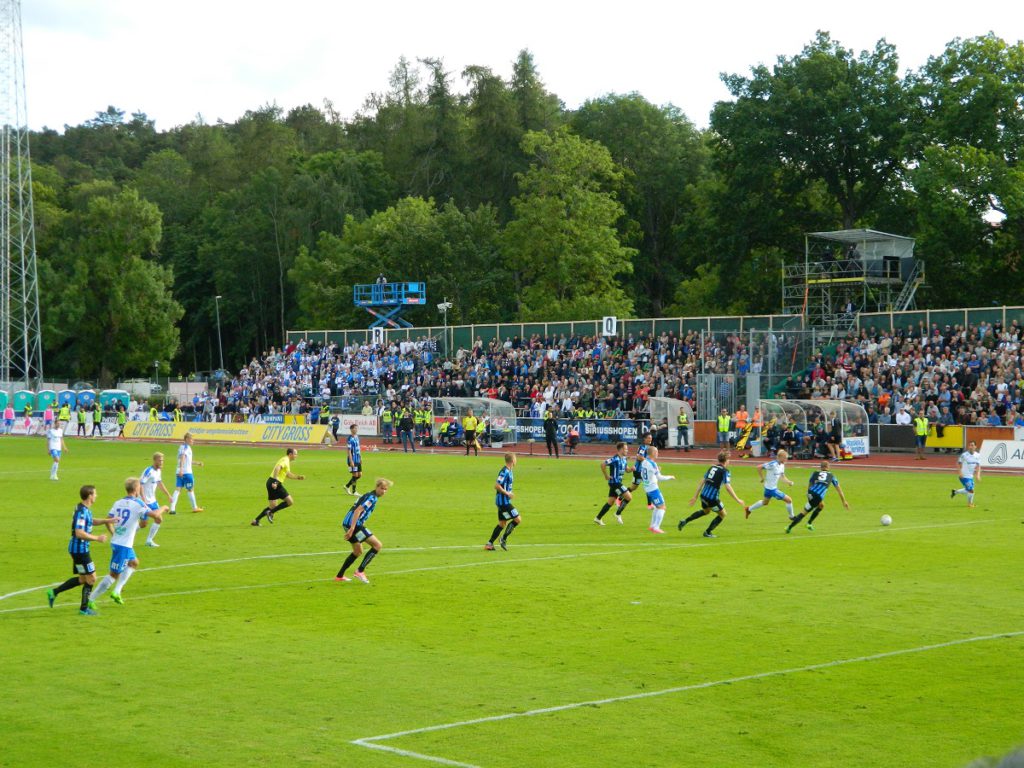
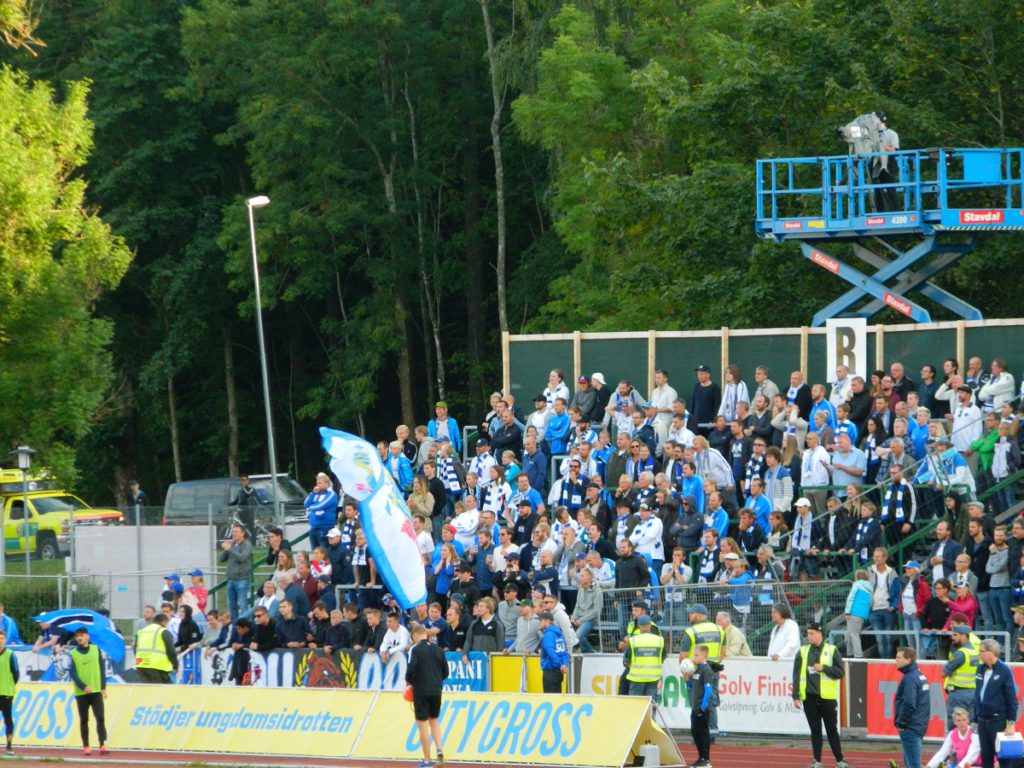
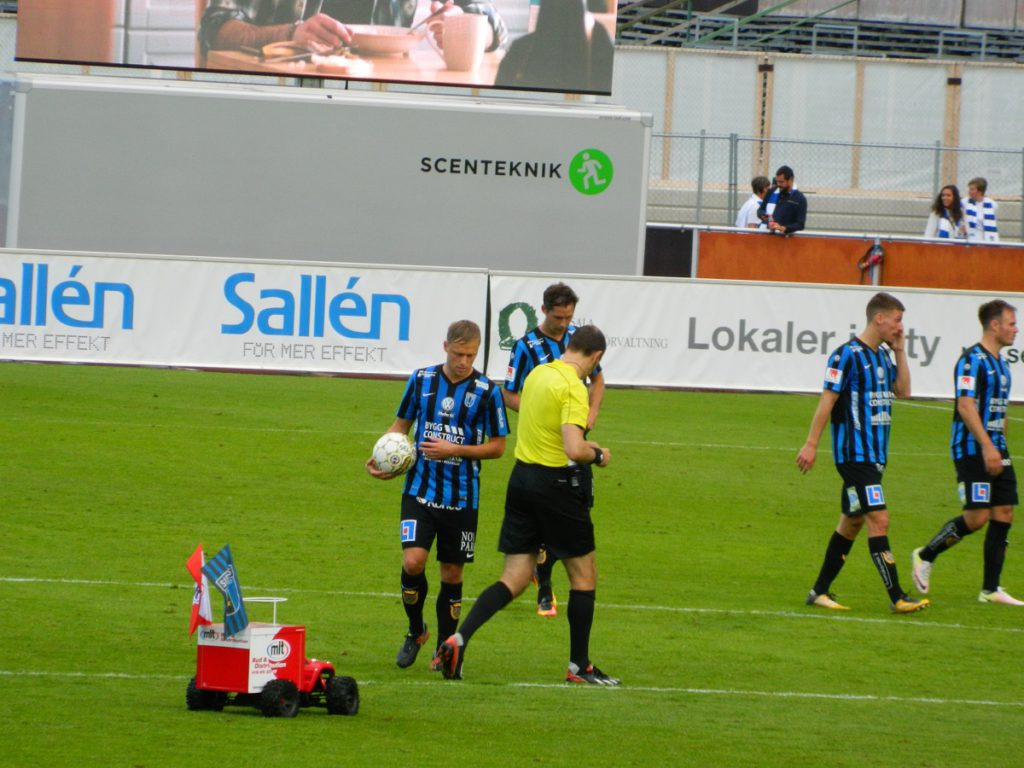
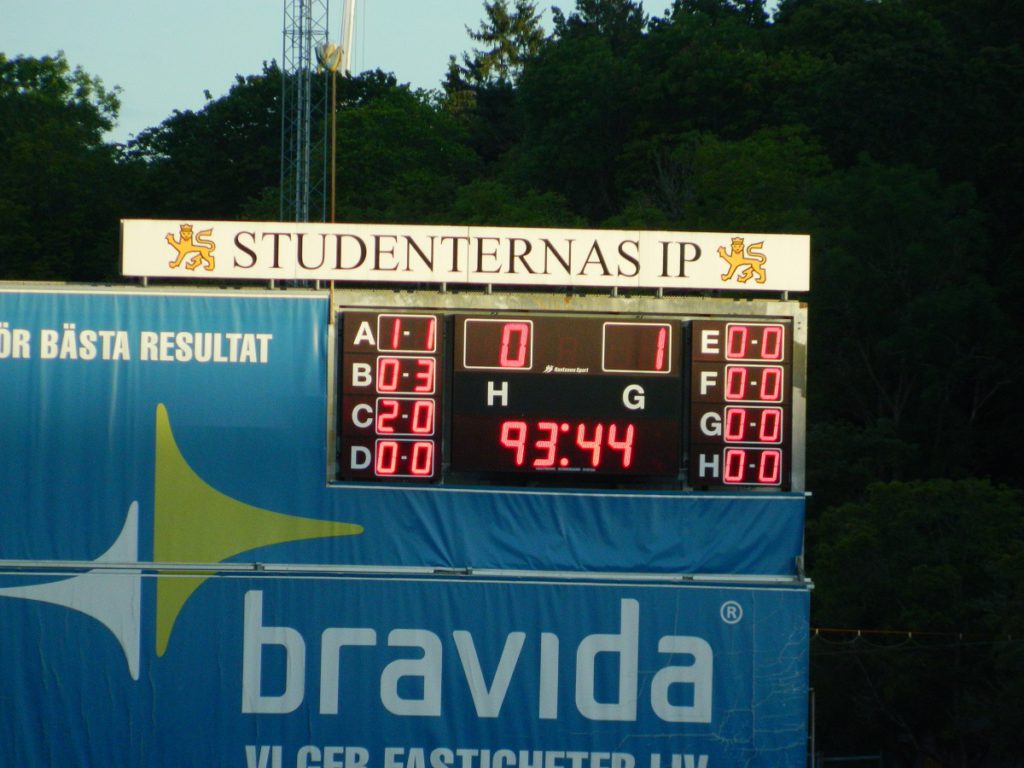
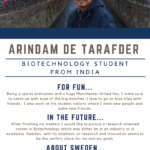

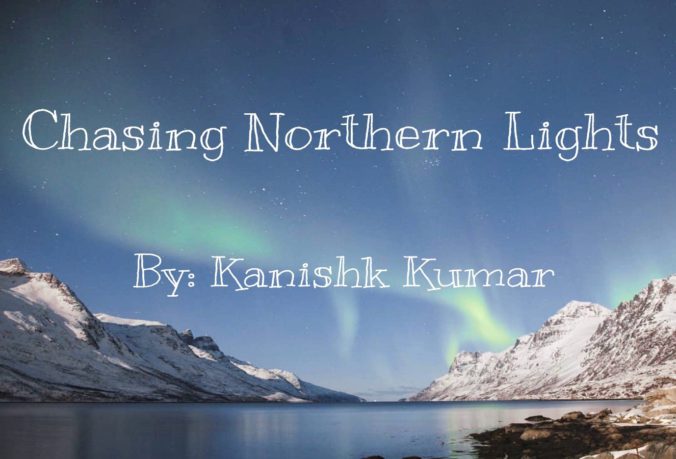
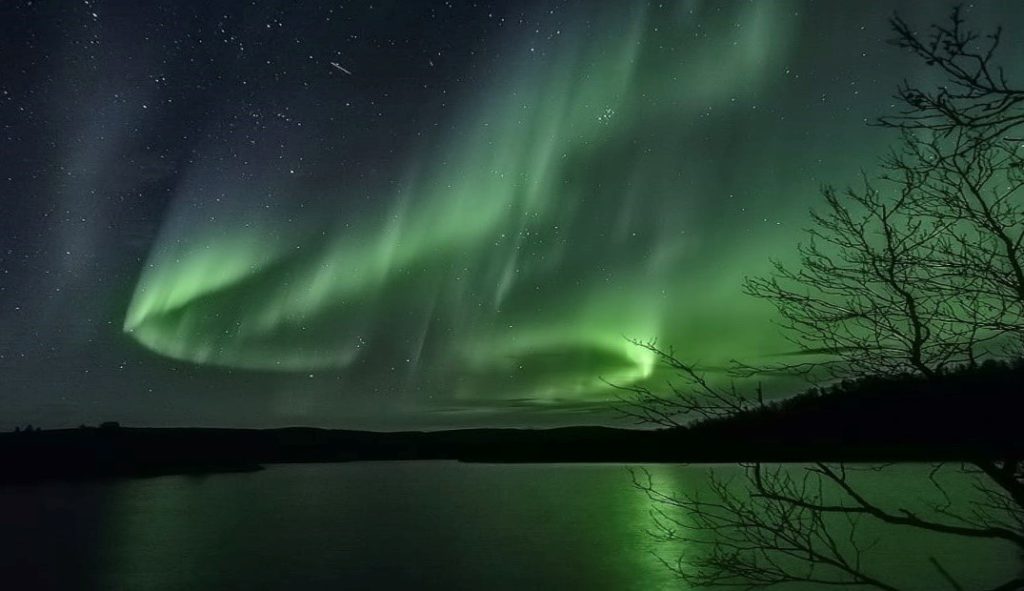






Recent Comments